On August 30, 2015 we left Garden of the Amazon and drove south toward the Pantanal. Midway, we stopped in Cuiaba to pick up one of our guides, Pepe, who a couple of days earlier had accompanied a guest back to Cuiaba from Garden of the Amazon due to a medical emergency. The guest was OK, much to our relief, and he re-joined the tour at Cuiaba. Lesson to be learned: it might be wise to tour with groups who provide 2 guides.
Eighty percent of the Pantanal is located in west central Brazil with smaller areas in eastern Bolivia and eastern Paraguay. The Pantanal contains about 70,000 square miles and it is the world’s largest freshwater wetland, 10 to 20 (depending on the source) times the size of the Everglades. Every year it is flooded to several feet in depth from the rains (40-60 inches from November to March) and by runoff from the tributaries of the Paraguay River. The Pantanal starts about 60 miles south of Cuiaba near Pocone. The northern third of the Pantanal (approximately 80 miles) is traversed by the Transpantaneira Road. This is a dirt road with 122 wooden bridges, most of which are in poor repair. The road ends on a river bank, at the little village of Porto Jofre. There is no bridge across the river. The southern two thirds of the Pantanal is almost roadless, except for a short stretch at the south end. Ninety-eight percent of the Pantanal is in private ownership, mostly cattle ranching.
Along the Pantaneira, in ranch-land a little far out for pictures, we spotted two Red-legged Seriemas.
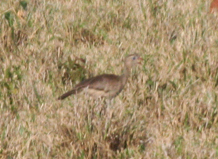
This was the third of the three new bird families on my wish list for this trip. We stopped for an evening of birding and good food at Curicaca Lodge (“Pousada Curicaca”) which is about 15 miles down the Pantaneira and about 3 kilometers off the road, accessed by a narrow dirt lane. It is located in one of the few cattle-free areas of the Pantanal. We birded around the Lodge that evening and the next morning.
Among the birds we saw at Curicaca were:
Blue-throated Piping Guan
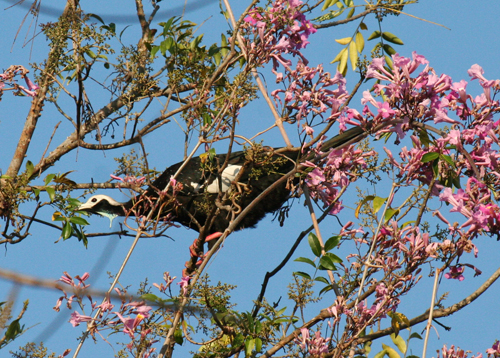
Bare-faced Currasows
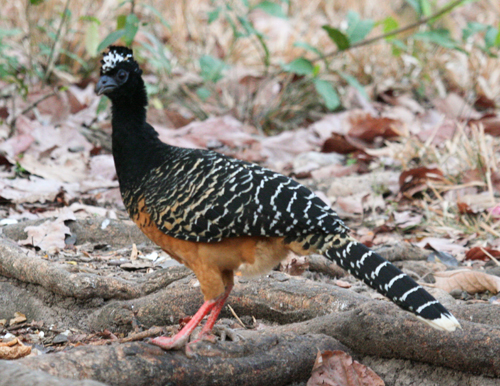
Gray- necked Woodrail
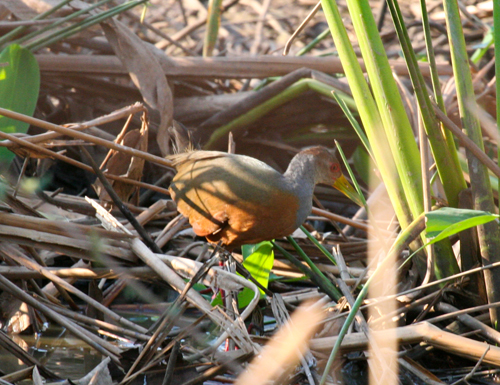
Tropical Screech Owl
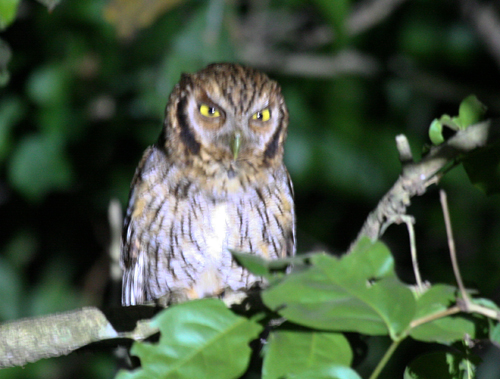
Great Potoo
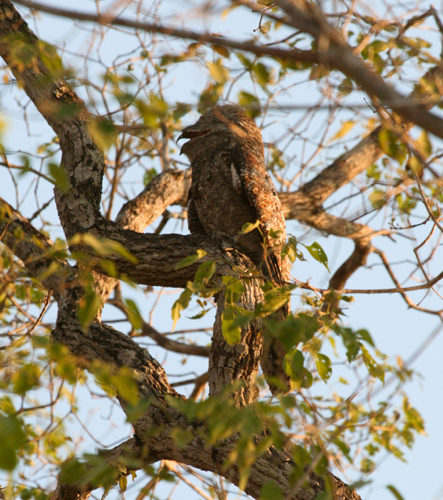
Pale-crested Woodpecker

Cream-colored Woodpecker
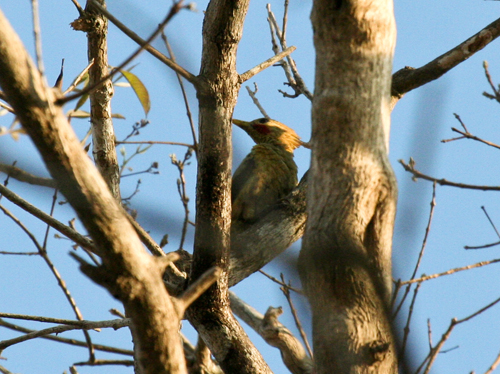
Laughing Falcon
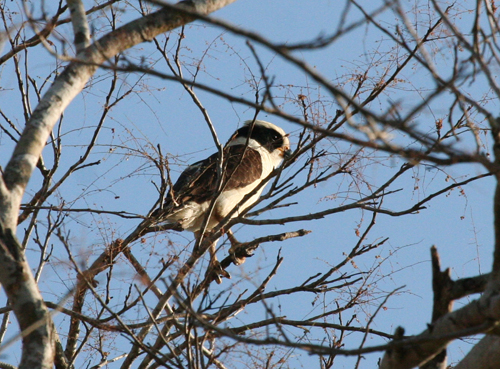
Bat Falcon
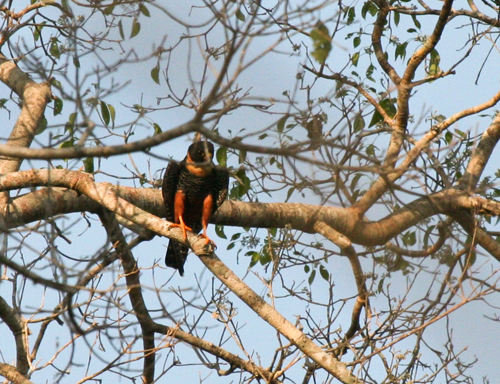
Orange-winged Parrot
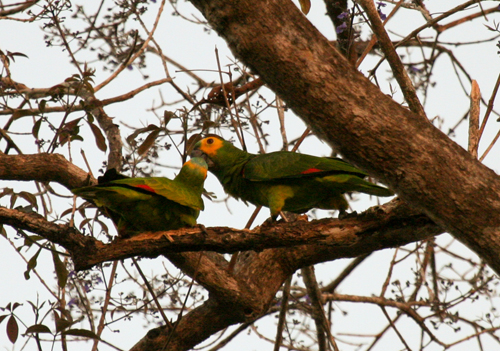
Yellow-collared Macaw

Fork-tailed Woodnymph

Purple-throated Euphonia
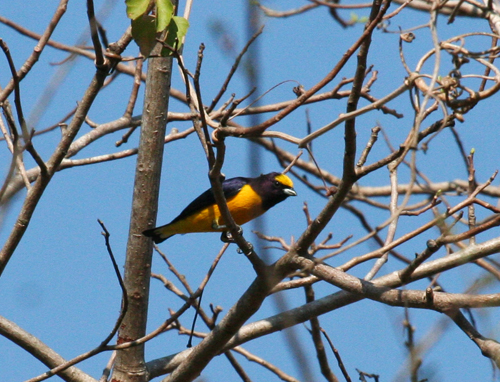
Plumbious Ibis
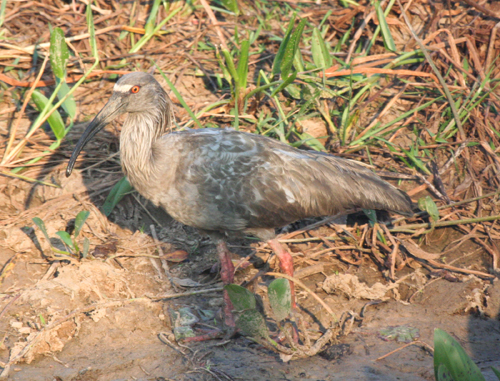
We saw a lot of birds the next morning as we walked along the private road. Around 9:00 a.m. we boarded our bus and started south on the Pantaneira to Porto Jofre, about 60 miles away. The road was very dusty. Many of the wooden bridges were not safe and must be bypassed by driving through the seasonally dry ditches at the sides of the bridges. But the birds; Oh the birds!!! I have never seen so many birds over such large landscapes. At this, the end of the dry season, they are collecting at the nearly dried-out ponds and ditches along the road to take advantage of the fish and other aquatic creatures that are suffocating in the dwindling and hot pools. Even the Cayman appear to be suffering the ill effects, as we saw a couple of dead and decomposing corpses protruding from the water.
The history of the Pantaneira Road is very interesting. Prior to World War II the area was lightly populated and very poor. During World War II, the local ranchers sold beef to supply the needs of the soldiers in Europe and Africa. They did very well financially, and lobbied for a road. The government proceeded to build the road, in part. The south terminus of the road is at the Rio Sao Lourenco River at Porto Jofre, and there is no land connection crossing the river, or for many miles on south. The only connection from the south is by river. After the war, the demand for exported beef dwindled, and the influence of the ranchers dwindled accordingly, probably explaining why the road was not finished.
The Pantanal is still a source of beef (see local cowboys, or “Vaqueiros” along the road; the Spanish demonym, “Gaucho” is used in Argentina and in the very southern part of Brazil, but I think where we were, “Vaqueiro” would be the proper usage).
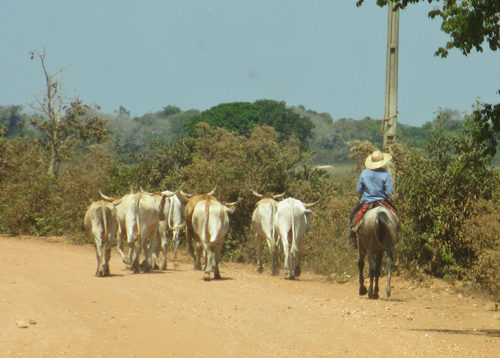
I learned that the cattle are primarily Zebu, or Indian Brahman, and almost all the cattle in the Pantanal are of the white to silvery gray variety, with the long, drooping ears, excess neck skin and back hump typical of their progenitors. Heat and drought resistance is a valuable trait for survival in the Pantanal. During the rainy season, the cattle retreat to the closest available forested knolls or ridges that are barely above the water line.

We proceeded slowly south on the Pantaneira, stopping often to observe the rich bird life, and at about 6:30 we arrived at our lodge for the next 3 nights, the Hotel Porto Jofre. Tomorrow the emphasis on finding birds was to end, our days on the river would begin, and the principal focus of our outings would be Jaguars.
